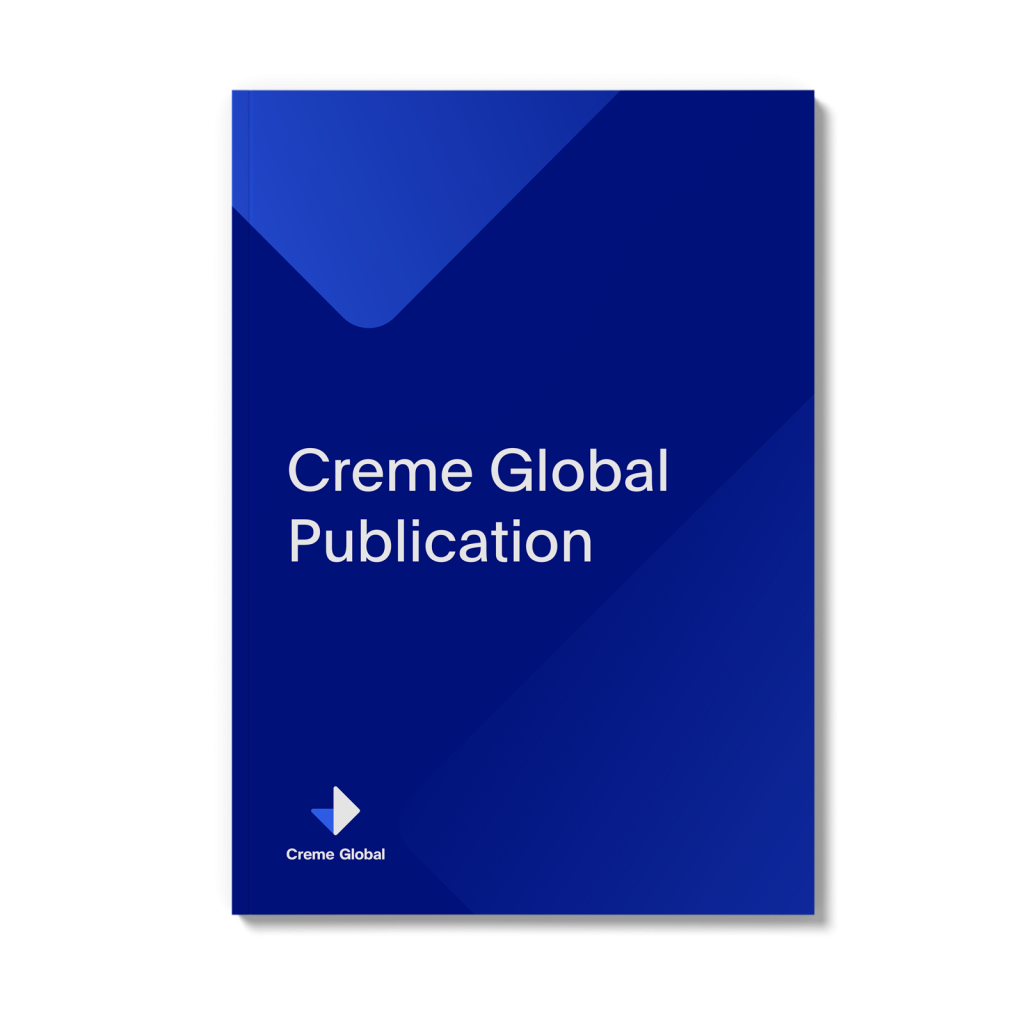Any quantitative understanding of human risk from exposure to pesticides requires knowledge of both hazard (the intrinsic ability of a pesticide to cause harm) and exposure (absorbed dose), i.e., risk is directly proportional to the product of hazard and exposure. Thus, regardless of potential high hazard, risk may be insignificant if exposure is very low, and exposure-driven risk assessment is increasingly being recognized as being the best path forward for the protection of human health. In fact, regulatory agencies did not start doing quantitative risk assessments for pesticides using endpoints other than lethality until the 1970s in part because the analytical tools to sensitively measure exposure were lacking. Quantifying exposure to pesticides required analytical methods such as gas chromatography and liquid chromatography that weren?t commercially available until the mid-1960s to early 1970s, respectively. With the advent of quadrapole mass spectroscopy in the early 1970s the ability to quantify sub milligram per kilogram bodyweight exposures to a wide variety of pesticides with confidence became commonplace. Analytical capability has continued to improve, and it is now possible to measure exposures in the nanogram and sometimes pictogram per kilogram range. As our quantitative knowledge of human exposure matured, it was desirable to extrapolate the knowledge from one chemical that had been measured to others that had not. Indeed, by the early 1980s it became evident that handler exposure to conventional pesticides was generic and not chemical specific. Part of the driving factor to do this modeling was that definitive exposure measurements for one chemical under one set of conditions was costly (>?100,000) and time consuming (months), and the combinations and permutations of exposure scenarios and pesticides are staggering. Models allow us to estimate the exposure to a new active substance or rank exposure of one pesticide to others used in similar conditions. The objective of this paper is to present a brief overview of the range of human exposure models that are available, and the route or pathway of exposure for which they estimate dose with the hope that it provides an appreciation of the basic approaches, chronology and effort expended in developing them.
Ross John; Driver, Jeffrey; Lunchick, Curt; O'Mahony, Cian
Outlooks on Pest Management, Volume 26, Number 1, February 2015, pp. 33-37(5)
01/02/2015
Download Publication >>>
Models for estimating human exposure to pesticides, Outlooks on Pest Management

Authors: Ross John; Driver, Jeffrey; Lunchick, Curt; O’Mahony, Cian
Keywords: DOSE; HUMAN EXPOSURE; MODELS; PESTICIDES